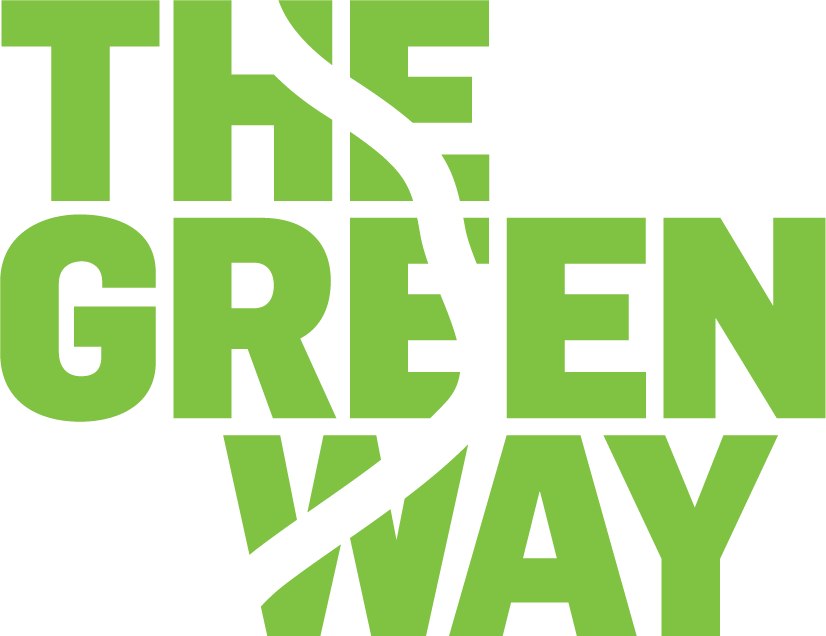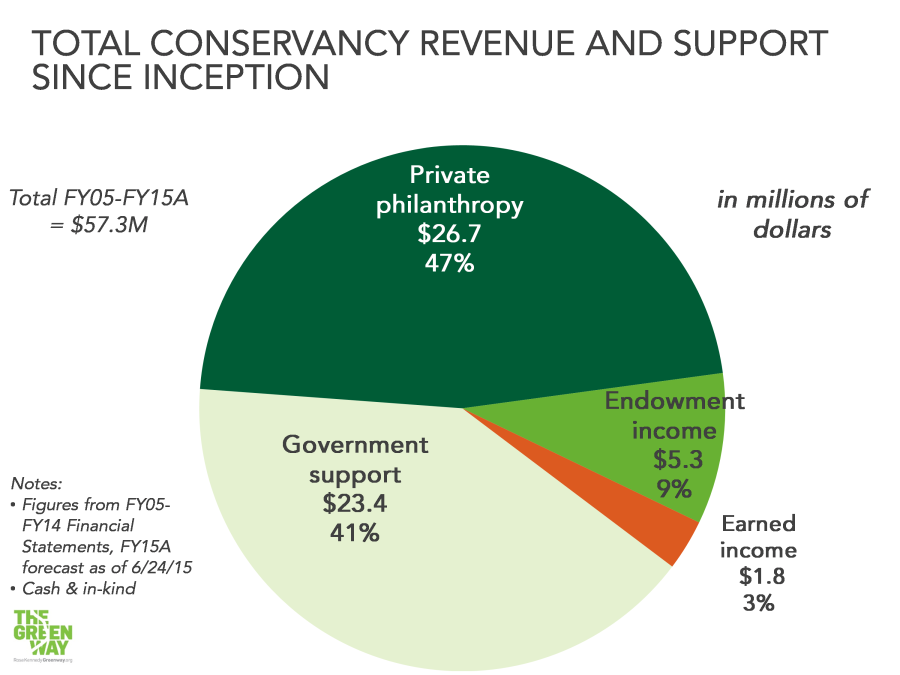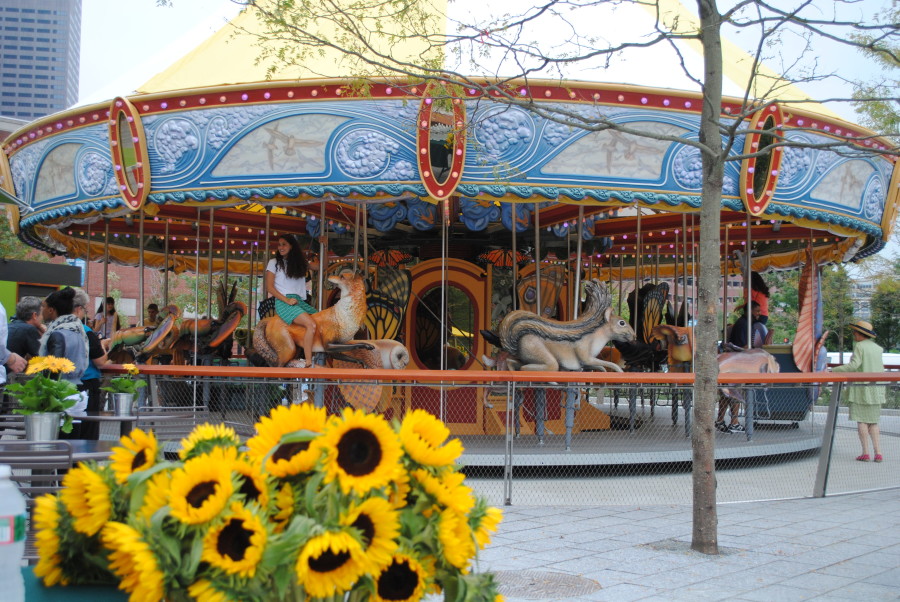The Greenway is operated differently from almost all other parks in the Commonwealth. The Greenway is entirely maintained, programmed, and improved not by government but by a non-profit—the Rose Kennedy Greenway Conservancy. Elsewhere in the country, the conservancy model is common for signature parks, such as the Friends of the High Line in New York or the Discovery Green Conservancy in Houston. Having a dedicated non-profit brings focus and private dollars to support the park, reducing the burden on the public sector. In short, the public-private partnership has meant that each dollar of foundational public funding has leveraged more than 1.5 dollars of additional private funds.
In 2004, the Conservancy was established as 501c3 non-profit to raise support for the planned park. In 2008, after the Conservancy brought in $20M in support for operations and an endowment, the non-profit was designated by state legislation as the park’s steward – responsible for maintaining, programming, and improving The Greenway. In February 2009, the Conservancy took operations of the public park following the execution of an initial lease with the Massachusetts Department of Transportation. (The Greenway, a roof garden atop the I-93 highway tunnel, is state land belonging to MassDOT.)
The private sector has shouldered a greater funding responsibility for the public park than anticipated. As written into the 2008 legislation, Greenway costs would be covered with 50% public dollars and 50% from the Conservancy. However, public dollars have represented 41% of the total funding. To date, more than $26 million of private philanthropy has been leveraged from $23 million of public funds. In a typical year, MassDOT contributes about $2.1M of support toward the Conservancy’s ~$4.5M annual budget; MassDOT provides ~$1.9M in cash, covers park utility costs, and houses the Conservancy in its office building. The City of Boston has not been an annual financial contributor to The Greenway.
The Conservancy’s care of the Greenway has been confirmed as cost-effective through benchmarking, independent studies, and marketplace competition. The design, location, visibility, and civic mission of the Greenway make it a first-class public space; they also make it costly to operate. The Greenway has seven water features, complex and varied lighting systems, high-end horticulture, and acres of granite and specialty paving. The Conservancy’s Maintenance+Horticulture costs are lower than the cost estimates before the park opened. As demonstrated in several studies, the Conservancy’s costs compare favorably against peer parks (e.g., Battery Park City Parks) and against a private-sector contracted model. In a marketplace demonstration of the Conservancy’s efficiency, we have recently beaten private-sector companies for contracted care responsibilities for two nearby landscape properties.
So for $2.1M/year, the state is getting high quality care – plus all the programming and improvements that the private funding delivers. The MassDOT funds, which are restricted to maintenance and horticulture only (i.e., the care of the state asset), cover only 2/3 of our audited M&H costs. Private funding is covering the rest of the park operations costs, plus the costs of the public art and 300 free annual programs. Public amenities like the Greenway Carousel at the Tiffany & Co. Foundation Grove, the moveable furniture, the free Wi-Fi network were provided through philanthropy and grants. The Conservancy has won awards for its organic landscape care, its arts/entertainment programming, its public art, and more.
At rosekennedygreenway.org/publicdocuments you can find a wealth of further information, including annual reports, tax filings, audited financials, and detailed statements on the use of MassDOT funds.





